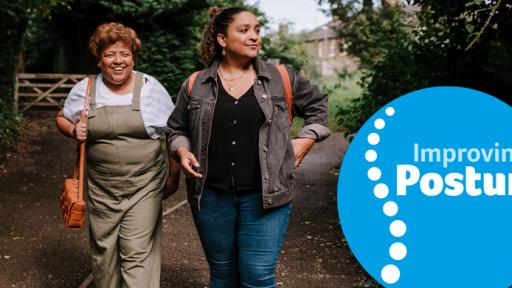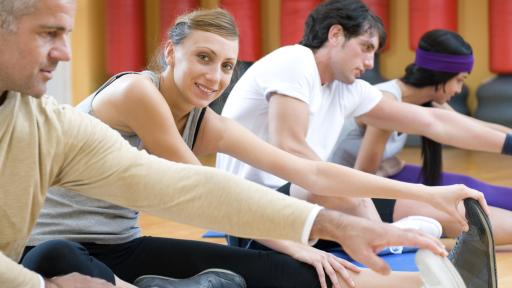Core stability muscles, or postural muscles, are the deep muscles in your abdomen, pelvis and back. They act as a corset or scaffolding holding you together. It is important to have good core muscles to help you maintain a good posture. Good posture can help prevent pain, pressure sores or reduced mobility.
This page is one of a series on understanding and improving your posture. Here, we look at the core muscles and how they contribute to keeping you upright and active.
Your core muscles only work properly if your body is in a good posture or correct alignment. If not, a vicious cycle can develop where weakness through injury or lack of use plus poor posture leads to the core muscles becoming less efficient.
Less efficient muscles need more energy to move, and the paired muscles that move each part of your body become imbalanced. Some of your muscles end up working harder and becoming shorter and tighter. Others become long and weak. You might notice more fatigue or that you have tight, sore muscles that interfere with your movement, balance and coordination.
Having weak core muscles is like having a house with unstable foundations. You need strong foundations to stabilise your body.
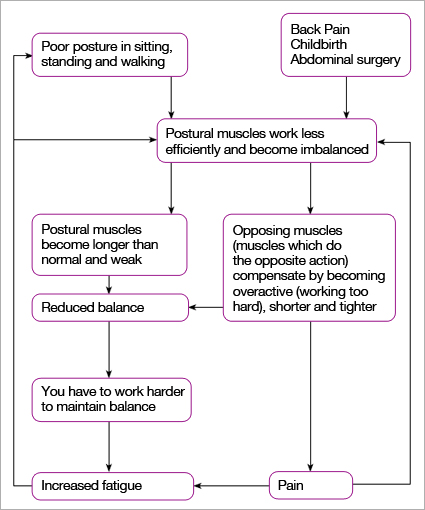
Think of your arm as a crane and the shoulder blade, the base of the crane. Just as it is important for a crane to be on a stable base for it to work properly, it is important for the muscles around the shoulder blade to be strong to help anchor the arm to the trunk/ chest wall for it to work efficiently.
If these muscles are weak, it is often difficult for you to lift your arm up fully. The muscles on top of your shoulder tend to over work causing hunching when you raise the arm and, as they aren't designed to stabilise your shoulder, they get tired quickly and ache. This can make it harder to use your arm.
Do:
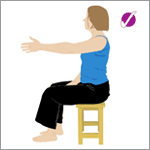
Don't
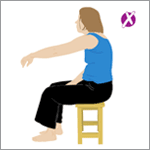
Sitting up straight, gently squeeze your shoulder blade down and back before raising your arm or reaching forward. You should find it is easier to raise your arm like this.
You can ask a physiotherapist for exercises to strengthen your core, or join a group class in Tai Chi, Yoga or Pilates. All these types of class have been shown to benefit people with MS in terms of their core stability and strength, as well as for general health and well-being. Ensure that the class leader knows about your MS before you start.
We have links below to exercises you can try at home, but take care not to over-extend yourself. If something hurts or makes your MS symptoms feel worse, stop and discuss it with your doctor.



